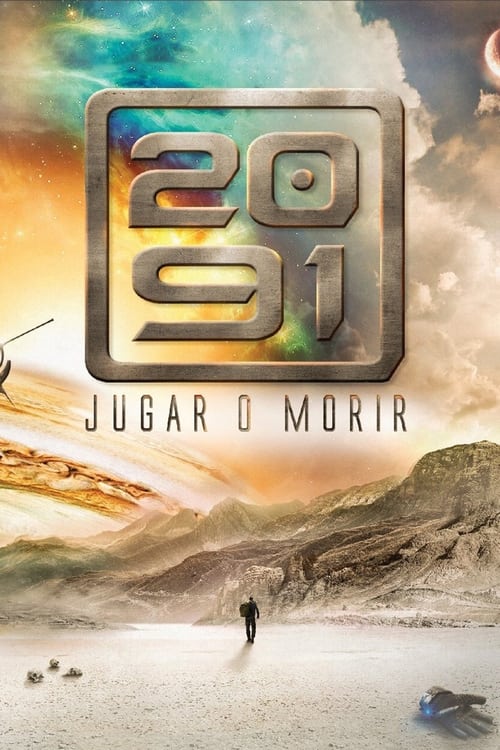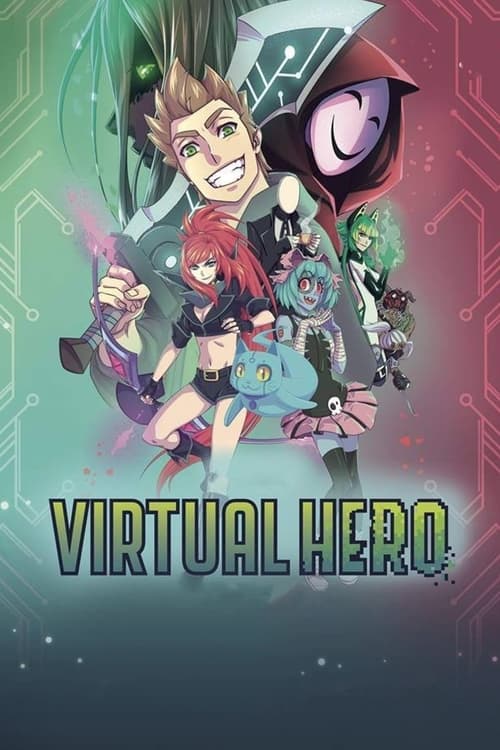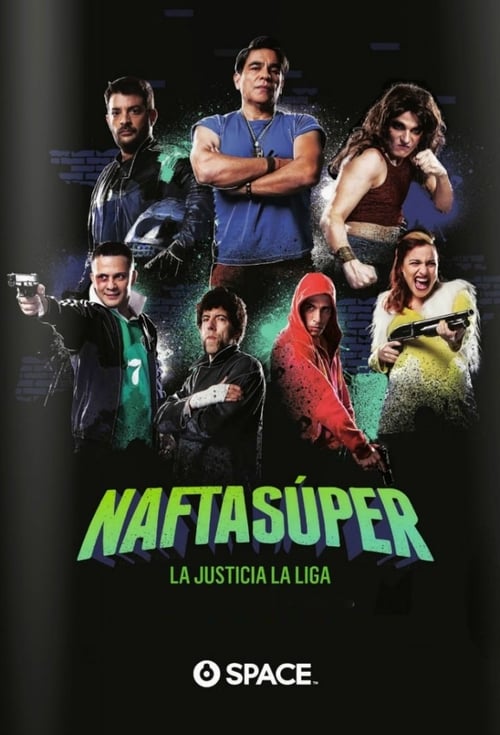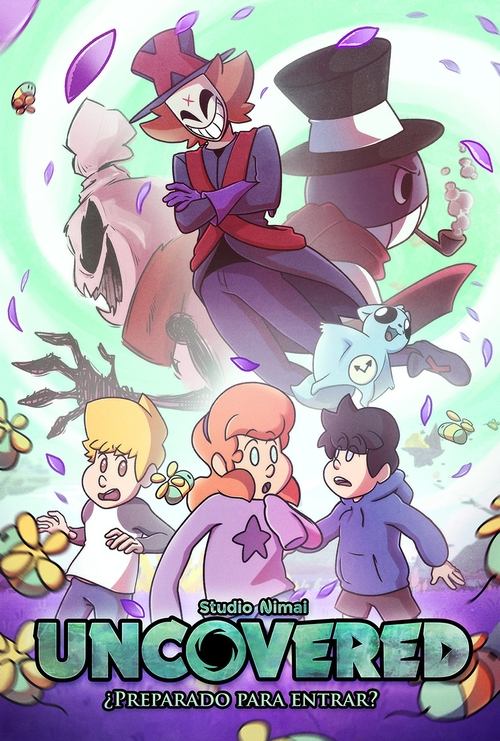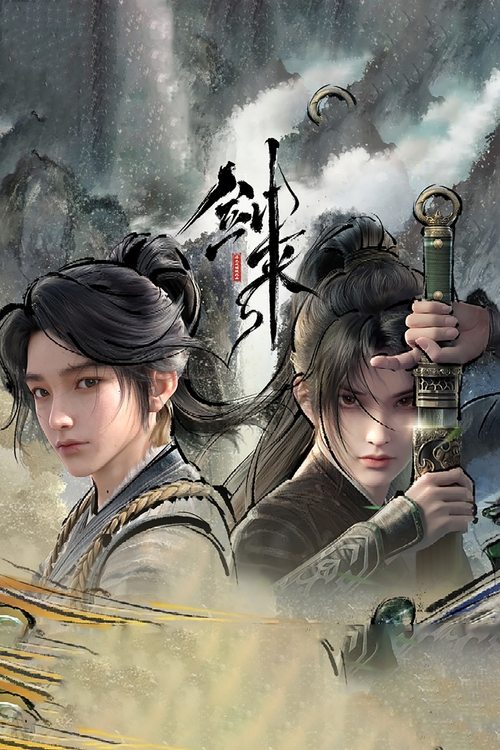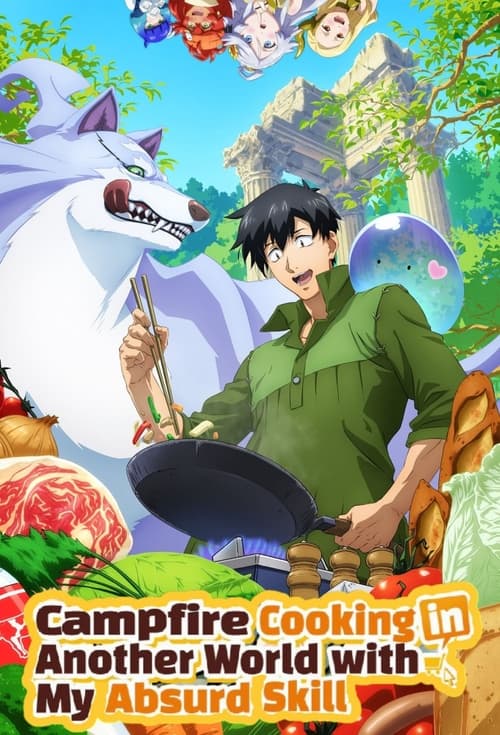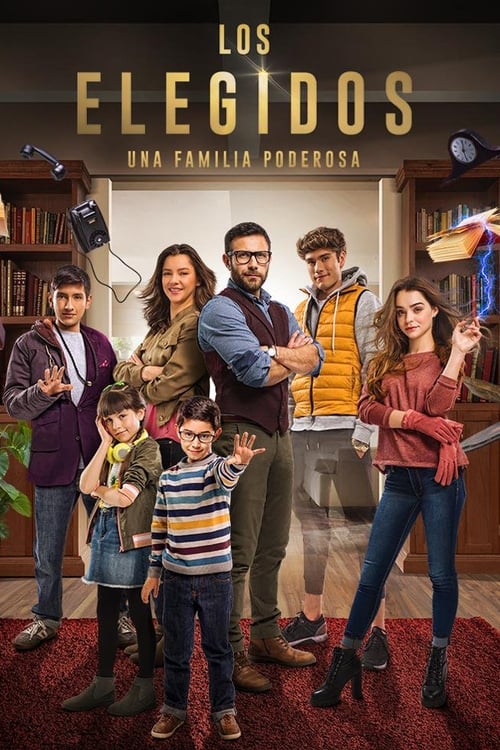
Ask Your Own Question
What is the plot?
In the opening scene of "Golpea duro, ¡Hara!", we are introduced to Hara, a young and determined martial artist living in a small town. She trains rigorously in her family's dojo, which has been passed down through generations. Hara's father, a former champion, pushes her to excel, but she struggles with the pressure to live up to his legacy. The dojo is struggling financially, and Hara feels the weight of her family's expectations.
As the story unfolds, Hara learns about an upcoming martial arts tournament that promises a substantial cash prize. This news ignites a spark of hope in her, as winning could save the dojo from closing. Hara's best friend, Miguel, supports her decision to enter the tournament, believing in her potential. However, her father is skeptical, fearing that the tournament is too dangerous and that Hara might not be ready for the fierce competition.
Determined to prove herself, Hara begins an intense training regimen, pushing her limits both physically and mentally. She faces various challenges, including self-doubt and the harsh training methods of her father. During this time, Hara also encounters a rival, a skilled fighter named Lucia, who has a reputation for being ruthless in the ring. Their first encounter is tense, with Lucia mocking Hara's abilities, which only fuels Hara's determination to succeed.
As the tournament approaches, Hara's relationship with her father becomes strained. He expresses his concerns about her safety and the risks involved in competing against seasoned fighters. Hara, feeling misunderstood, decides to train in secret, seeking guidance from an old friend of her father's, a retired champion named Carlos. Carlos recognizes Hara's potential and agrees to mentor her, teaching her advanced techniques and strategies.
The day of the tournament arrives, and the atmosphere is electric. Hara feels a mix of excitement and anxiety as she steps into the arena. The first round of fights showcases various fighters, and Hara watches closely, analyzing their techniques. When it's her turn to fight, she faces a tough opponent, but her training pays off. Hara wins her first match with a combination of skill and determination, earning the respect of the audience.
As Hara progresses through the tournament, she faces increasingly difficult opponents, including Lucia in the semifinals. The fight is intense, with both fighters showcasing their skills. Hara struggles initially, but she remembers Carlos's teachings and finds her rhythm. In a climactic moment, Hara executes a powerful move that surprises Lucia, leading to her victory. The crowd erupts in cheers, and Hara feels a surge of confidence.
However, the final match pits Hara against a formidable champion, a fighter known for his brutal techniques. Hara enters the ring with a mix of fear and determination. The fight begins, and Hara quickly realizes that her opponent is unlike anyone she has faced before. He uses aggressive tactics, pushing Hara to her limits. Despite the odds, Hara recalls her training and the support of her friends and family.
In a pivotal moment, Hara is knocked down but refuses to give up. She rises, fueled by her desire to prove herself and save the dojo. The final moments of the fight are a blur of punches and kicks, with Hara using her agility to evade her opponent's attacks. In a dramatic turn, she lands a decisive blow that secures her victory, shocking the audience and herself.
After the tournament, Hara is celebrated as a champion. She returns to the dojo, where her father finally acknowledges her strength and determination. The dojo's future is secured, and Hara feels a sense of fulfillment, having proven herself not only as a fighter but also as a person. The season ends with Hara looking forward to new challenges, ready to continue her journey in martial arts.
What is the ending?
In the ending of "Golpea duro, ¡Hara!", the main character, Hara, faces a climactic showdown that tests her resolve and skills. After a series of intense battles and personal struggles, she emerges victorious but at a significant cost, leading to a bittersweet conclusion for her and the other characters involved.
As the final episodes unfold, Hara stands in the center of a dimly lit arena, the atmosphere thick with tension. The crowd roars, a mix of excitement and anticipation. Hara, bruised and battered from previous fights, steels herself for the ultimate challenge. Her opponent, a formidable fighter known for his ruthless tactics, enters the ring, exuding confidence and aggression.
The fight begins with a flurry of punches and kicks, each blow resonating with the weight of Hara's journey. Flashbacks intersperse the action, revealing her struggles with self-doubt, her relationships with her mentor, and the sacrifices she has made to reach this point. Each memory fuels her determination, igniting a fire within her that propels her forward.
As the battle intensifies, Hara finds herself on the brink of defeat. Her opponent lands a devastating blow, sending her crashing to the ground. The crowd gasps, and for a moment, it seems as though all hope is lost. But in that moment of despair, Hara recalls the support of her friends and the lessons learned from her mentor. With renewed strength, she rises, her eyes blazing with resolve.
The final moments of the fight are a whirlwind of movement. Hara channels her training and inner strength, executing a series of precise and powerful strikes. The tide turns, and she gains the upper hand. With one final, decisive blow, she defeats her opponent, the crowd erupting in cheers.
However, the victory is bittersweet. Hara, though triumphant, is left physically and emotionally drained. She looks around at the cheering crowd, realizing that the fight has changed her forever. Her mentor, who has been watching from the sidelines, approaches her, pride and concern etched on his face. They share a moment of understanding, acknowledging the growth Hara has undergone.
In the aftermath, Hara reflects on her journey. She has proven herself as a fighter, but she also understands the importance of balance in her life. The series concludes with her walking away from the arena, a sense of purpose guiding her steps. The camera lingers on her face, a mixture of triumph and contemplation, as she steps into an uncertain future, ready to embrace whatever comes next.
The fates of the other main characters are also revealed. Hara's mentor, having witnessed her growth, decides to continue training others, passing on the lessons he has learned. The rival fighters, some of whom have become friends, acknowledge Hara's strength and resilience, hinting at future collaborations rather than conflicts. The community surrounding the fighting arena begins to change, inspired by Hara's journey, fostering a sense of unity and support among the fighters.
In the end, "Golpea duro, ¡Hara!" leaves viewers with a sense of hope and the understanding that true strength lies not just in physical prowess but in the connections we forge and the personal battles we overcome.
Is there a post-credit scene?
In "Golpea duro, ¡Hara!" Season 1, there is indeed a post-credit scene that adds an intriguing layer to the narrative. After the final episode concludes, the screen fades to black, and then a dimly lit gym comes into view. The camera pans slowly across the room, revealing various training equipment scattered about, hinting at the hard work and dedication of the characters.
In the center of the gym, we see Hara, the protagonist, sitting on a bench, visibly exhausted but with a determined look in her eyes. She wipes the sweat from her brow, her breathing heavy but steady. The atmosphere is thick with tension as she reflects on her journey throughout the season--the struggles, the victories, and the relationships she has built.
Suddenly, the door swings open, and a shadowy figure enters. The camera shifts to focus on the figure, revealing it to be a familiar rival from earlier in the season, someone who had challenged Hara both physically and emotionally. The rival smirks, a glint of challenge in their eyes, and says, "I hope you've been training hard, because I'm not going to go easy on you next time."
Hara looks up, a spark igniting in her expression. She stands up, her posture shifting from exhaustion to readiness, embodying the spirit of a fighter. "Bring it on," she replies, her voice steady and filled with resolve. The scene ends with a close-up of Hara's determined face, leaving viewers with a sense of anticipation for what's to come in the next season.
This post-credit scene encapsulates the themes of perseverance and rivalry that are central to the series, while also setting the stage for future confrontations and character development.
What motivates Hara to become a fighter in the series?
Hara is driven by a deep desire to prove herself in a male-dominated sport and to escape the shadows of her family's expectations. Her internal struggle is highlighted through flashbacks of her childhood, where she faced constant criticism and pressure to conform. This fuels her determination to succeed and gain respect.
How does Hara's relationship with her coach evolve throughout the season?
Initially, Hara's relationship with her coach is strained due to her rebellious nature and reluctance to follow traditional training methods. However, as the season progresses, they develop a mutual respect. Hara learns to trust her coach's experience, while her coach begins to appreciate Hara's unique fighting style and tenacity.
What challenges does Hara face in her first major fight?
In her first major fight, Hara faces not only a physically formidable opponent but also her own self-doubt. The scene is intense, showcasing her anxiety through close-up shots of her clenched fists and determined gaze. As the fight unfolds, Hara struggles to maintain her composure, battling both her opponent and the fear of failure.
How does Hara's family react to her decision to pursue a fighting career?
Hara's family is initially unsupportive, particularly her father, who believes that fighting is not a suitable path for a woman. This creates a rift between them, as Hara feels torn between her passion and her family's expectations. Emotional confrontations reveal her father's disappointment and Hara's desperation for acceptance, adding depth to her character's journey.
What role does friendship play in Hara's journey as a fighter?
Friendship plays a crucial role in Hara's development. Her bond with fellow fighters provides her with emotional support and encouragement. Key scenes depict moments of camaraderie, such as training montages where they share laughter and struggles, highlighting how these relationships help Hara build confidence and resilience in the face of adversity.
Is this family friendly?
"Golpea duro, ¡Hara!" is a show that, while entertaining, contains several elements that may not be suitable for all audiences, particularly children or sensitive viewers. Here are some potentially objectionable or upsetting aspects:
-
Violence: The show features martial arts and combat scenes that may be intense. While choreographed, the physical confrontations can be graphic and may depict injuries.
-
Emotional Conflict: Characters often face personal struggles, including themes of betrayal, loss, and revenge, which can evoke strong emotional responses.
-
Mature Themes: The narrative explores complex relationships, including familial tensions and rivalries, which may be difficult for younger viewers to fully understand.
-
Language: There may be instances of strong language or insults used during confrontations, which could be inappropriate for children.
-
Dramatic Tension: The show builds suspense through high-stakes situations that may be anxiety-inducing for sensitive viewers.
These elements contribute to a tone that may not be suitable for all family members, particularly younger children or those who are sensitive to violence and emotional distress.


